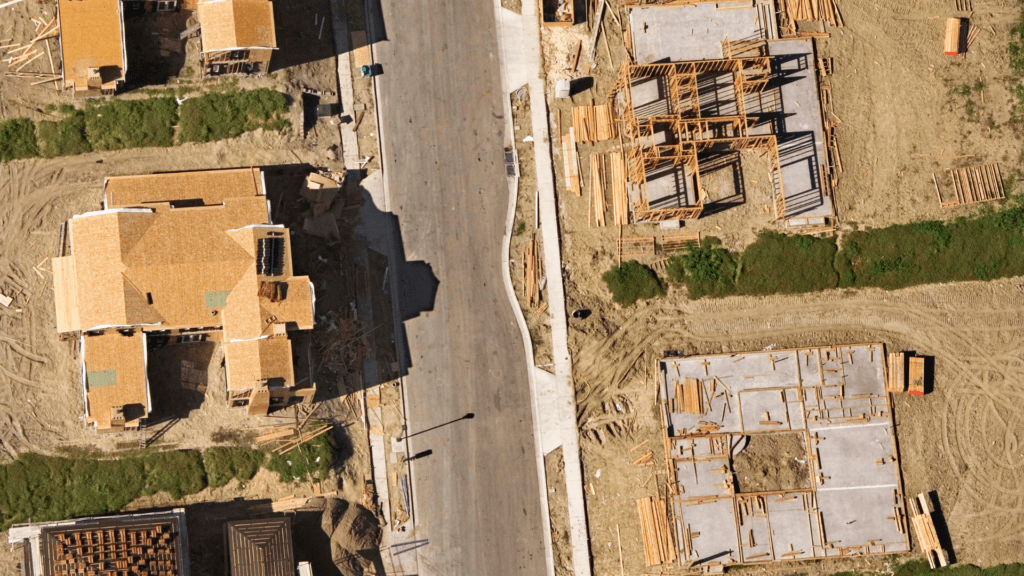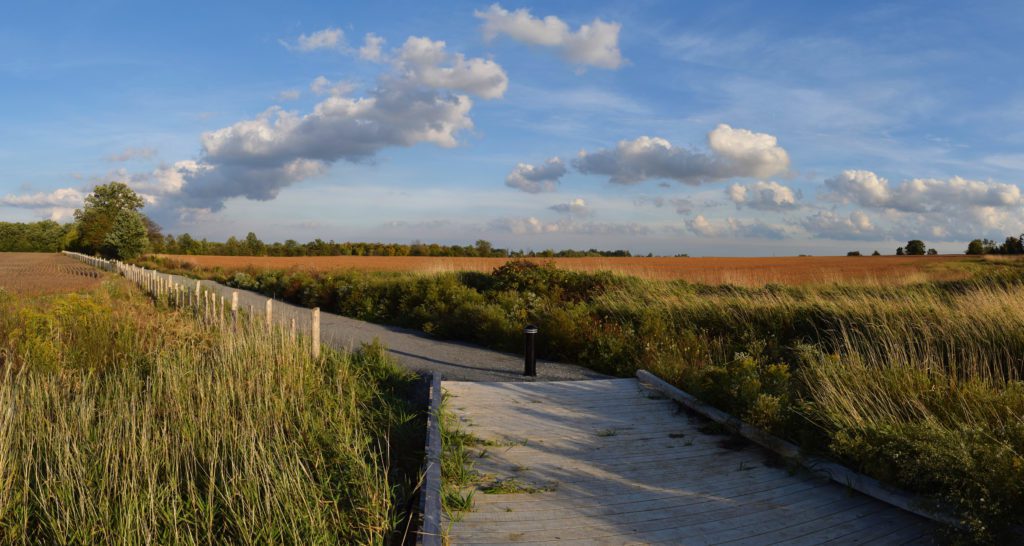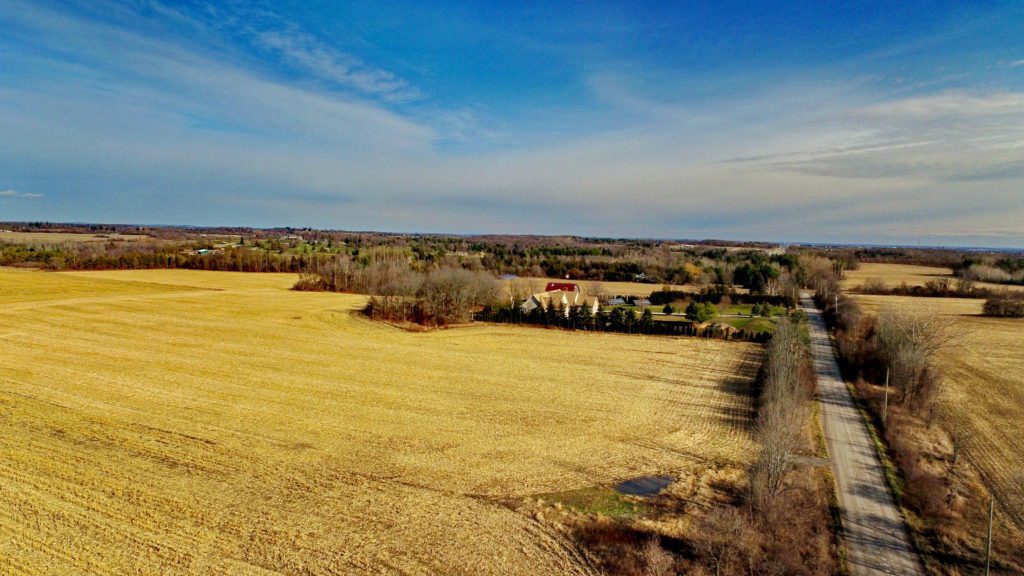Ten years ago, Ontario’s Greenbelt was created to protect some of the Greater Golden Horseshoe’s (GGH) best farmland and environmentally sensitive areas. Soon after, the province released the Growth Plan – the Greenbelt’s counterpart in fighting sprawl and directing compact sustainable growth to more appropriate areas in the GGH region.
Despite both plans, urban sprawl has continued to damage our forests, local farmland and water sources. This year’s review of Ontario’s Greenbelt and Growth plans is an important opportunity to strengthen both plans, so that more natural heritage systems and prime agricultural land is protected and sustainable communities are fostered.
Today, Environmental Defence issued a report card giving a “B” to the recommendations of the Crombie panel’s review of Ontario’s Greenbelt and Growth Plans. The Crombie panel’s report has many valuable recommendations and a strong climate focus. But it doesn’t go far enough to ensure the Greenbelt is protected from infrastructure, like proposed mega-highways. And while the report has good intentions to encourage smarter (compact) growth, the recommendations don’t do enough to fully curb sprawl.
After nearly a year of public consultation led by former Toronto Mayor, the Hon. David Crombie, the panel’s report Planning for Health, Prosperity and Growth: In the Greater Golden Horseshoe 2015-2041 was issued December 7. Overall, the report’s direction and underlying principles highlight the complex issues at play when planning for the future in the Greater Golden Horseshoe (GGH).
The report contains 87 recommendations. The strongest of these recommendations focus on climate change and the need for mandatory municipal climate change plans that include mitigation and adaptation, the creation of a framework and reporting process for municipal greenhouse gas emission reductions and targets and tools for implementation. Adding these climate change recommendations to the Greenbelt and Growth plans will help strengthen Ontario’s position as a leader on climate action.
The other positive aspects of the report include: growing the Greenbelt to further protect vulnerable water sources and urban river valleys; requiring watershed and sub-watershed plans to better protect water sources, rivers and streams; mapping and better protection of agricultural and natural heritage systems in the Greenbelt and Whitebelt (the land between current development and the Greenbelt) and encouraging green infrastructure. There is also important recognition of the need to slow urban growth outside of the Greenbelt and increase municipal intensification to prevent unnecessary, inefficient and leapfrog development.
The rest of the recommendations while well intentioned, are too broad to be effective, especially those dealing with growing the Greenbelt and implementation of the Growth Plan’s intensification targets and complete sustainable communities goals. The recommendations are also vague on the long term monitoring of Greenbelt and Growth plans’ implementation, with no recommendation for a provincial oversight body to ensure consistent implementation of these plans across municipalities – key to ensuring they are followed and implemented properly.
The most serious concern for the Greenbelt is the lack of recommendations to stop infrastructure from being built within its sensitive boundaries including highways, oil pipelines, energy projects and sewer pipes, all of which would irreparably damage the ecological integrity of the Greenbelt over time. The report also leaves the door open to taking lands out of the Greenbelt for development purposes during the review process, something that would also weaken and destroy the Greenbelt’s integrity.
The greatest concerns for the Growth Plan are the recommendations for the plan’s implementation. Rather than regional oversight, decision making about growth is left largely in the hands of individual municipalities. This is problematic as many municipalities are not applying a regional lense to their decision making, nor currently meeting intensification targets which encourages more low density sprawl to occur. It’s clear that action needs to be taken to freeze current urban boundaries and create mandatory municipally intensification requirements to get the Growth Plan back on track.
Check out our report card that gives a snapshot of some of the key issues examined in the Crombie panel’s review of Ontario’s Greenbelt and Growth Plans and how the panel’s recommendations stack up.
2016 will be an important year in the history of Ontario’s Greenbelt and Growth Plans. It’s now up to the province totake strong decisive action to build on the panel’s recommendations and add others missing from the report, such as freezing municipal urban boundaries and stopping large infrastructure projects in the Greenbelt.
Doing so will ensure that the Greenbelt is better protected, that more prime farmland and environmentally sensitive lands around the GGH are saved and not paved and that the Growth Plan will be implemented in a way that stops sprawl, integrates transit, creates sustainable, compact communities that will improve the quality of life for residents of the GGH.
Have your say now! While it’s expected the government will announce amendments and changes to both plan early in the New Year, now is the time to urge the government to ensure those amendments will protect the Greenbelt and mandate smarter growth.
Take action: Tell Ontario to protect the Greenbelt and choose smart growth!







